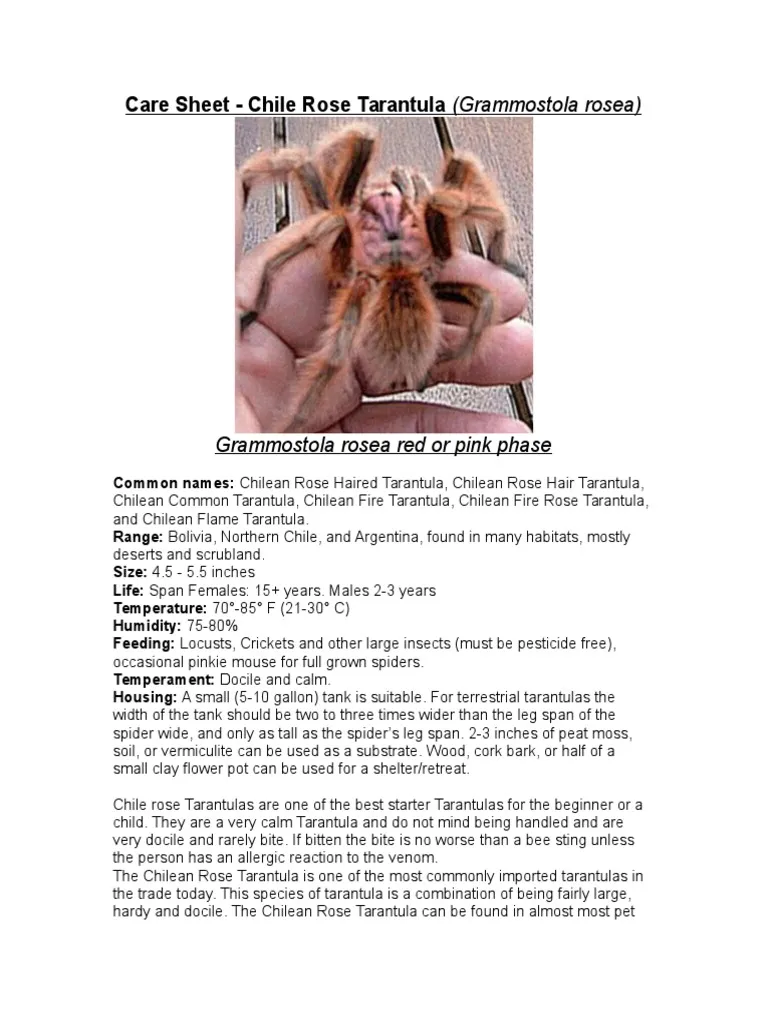Understanding the Suntiger Tarantula
The Suntiger tarantula, scientifically known as Psalmopoeus irminia, is a captivating species popular among tarantula enthusiasts. Their striking appearance and manageable size make them a sought-after pet. Native to the tropical regions of South America, these arboreal tarantulas are known for their vibrant colors and relatively quick movements. Understanding their natural behaviors and needs is crucial for providing optimal care and ensuring a thriving environment. This guide will delve into the essential aspects of caring for a Suntiger tarantula, providing you with the knowledge necessary to create a happy and healthy habitat for your fascinating arachnid companion. From enclosure setup to dietary requirements, learn how to create an environment in which your Suntiger tarantula will flourish. This care guide aims to provide a comprehensive overview of everything you need to know.
Appearance and Characteristics
Suntiger tarantulas are named for their vibrant coloration and striking appearance. They typically exhibit a dark brown or black body with distinct orange or yellow markings on their legs, giving them a ’tiger-striped’ appearance. Their carapace often displays a lighter color, adding to their aesthetic appeal. These tarantulas are relatively small to medium-sized, with a leg span that can reach up to 5-6 inches. Their arboreal nature means they are adapted to climbing, possessing strong claws and specialized setae on their feet for gripping surfaces. They also possess urticating hairs on their abdomen, which they can flick at perceived threats as a defense mechanism. This feature underscores the importance of careful handling and habitat management.
Natural Habitat
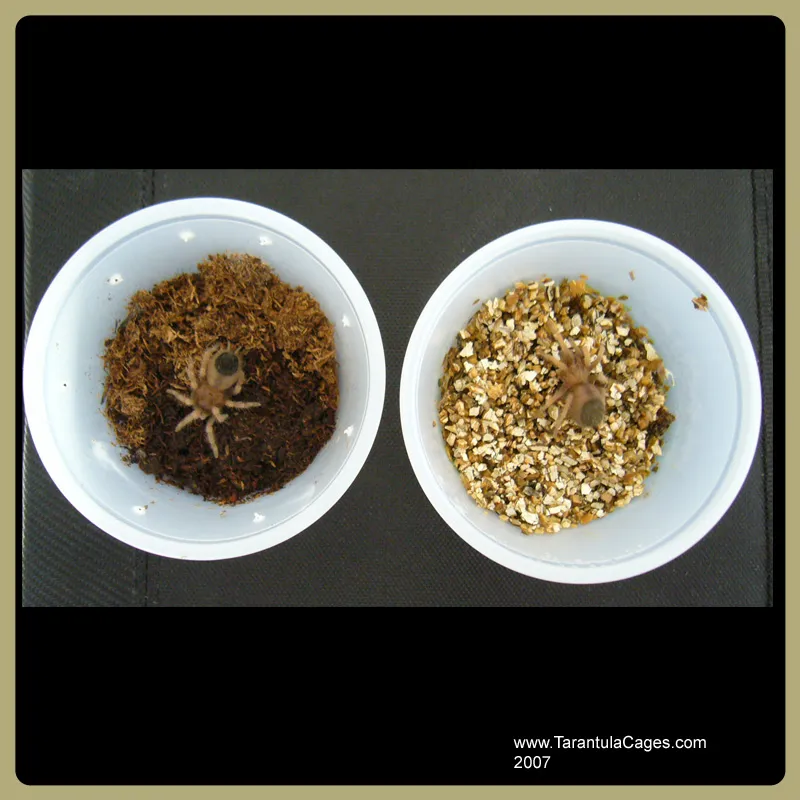
In their natural habitat, Suntiger tarantulas are found in the tropical rainforests of South America, specifically in countries like Guyana and Venezuela. They are primarily arboreal, meaning they spend most of their time in trees, utilizing foliage and crevices for shelter and hunting. The climate in these regions is characterized by high humidity and consistent temperatures. They construct web retreats in the foliage, often under loose bark or in the hollows of trees. The presence of dense vegetation provides them with cover from predators and offers an environment rich in insect prey. Replicating these environmental conditions is crucial for successfully keeping a Suntiger tarantula in captivity.
Setting Up Your Suntiger Tarantula’s Enclosure
Creating the right enclosure is the first and most important step in caring for a Suntiger tarantula. Their arboreal nature means they require a vertically oriented enclosure to provide ample space for climbing and web-building. The enclosure should mimic their natural habitat, offering a comfortable and secure environment. The proper setup not only enhances the tarantula’s well-being but also allows you to observe their fascinating behavior. There are several key considerations when setting up your Suntiger’s home. They are crucial to creating a thriving environment that will keep your tarantula happy and healthy. Following these guidelines ensures your tarantula thrives in captivity.
Choosing the Right Enclosure
For a Suntiger tarantula, a tall, well-ventilated enclosure is a must. A glass terrarium or a specialized tarantula enclosure is ideal. The size of the enclosure should be appropriate for the size of the tarantula, allowing for both climbing and web-building. A good rule of thumb is to provide an enclosure that is at least three times the tarantula’s leg span in height. Ensure that the enclosure has a secure lid to prevent escapes and a front-opening door for easy access. Ventilation is also crucial to prevent the buildup of mold and maintain proper air circulation. Consider materials that are easy to clean and can retain humidity without becoming overly saturated. Clear enclosures provide the best viewing and make it easier to observe your tarantula’s behavior.
Substrate Selection
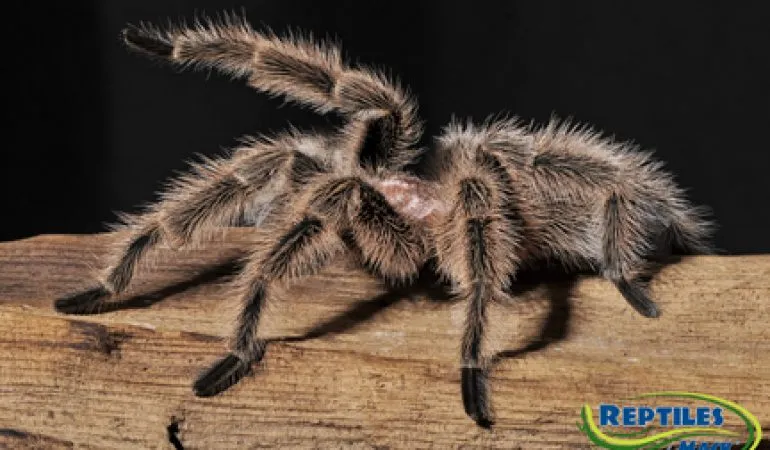
The substrate is the foundation of the enclosure and plays a vital role in maintaining humidity levels and providing a comfortable environment for your Suntiger tarantula. A good substrate choice for a Suntiger tarantula includes a mix of coco fiber, peat moss, and a bit of sphagnum moss. These materials retain moisture well, helping to maintain the required humidity levels. The substrate should be deep enough to allow the tarantula to burrow if it chooses, although they are primarily arboreal and may not do so. It should also be free from any chemicals or pesticides that could harm your tarantula. Ensure the substrate is clean and replaced regularly to prevent the growth of mold or bacteria. Maintaining the correct humidity levels is essential for your tarantula’s health.
Providing Hides and Decorations
To provide a secure and enriching environment, include a variety of hides and decorations. Cork bark, artificial plants, and branches are excellent options for creating climbing surfaces and hiding spots. These items allow your Suntiger tarantula to feel secure and provide visual interest in the enclosure. Arrange the décor to mimic its natural habitat, including vertical structures for climbing and areas where it can build its web retreats. Ensure that all decorations are securely placed to prevent them from falling and potentially injuring your tarantula. Regular inspection of the décor is advised to make sure everything remains safe and clean. Such enriching additions contribute to your tarantula’s psychological well-being.
Temperature and Humidity Control
Maintaining the correct temperature and humidity levels is crucial for your Suntiger tarantula’s health and well-being. The ideal temperature range is between 75-85°F (24-29°C). This can be achieved using a heat lamp or a heat mat placed on the side of the enclosure, never directly under it. Monitor the temperature with a thermometer to ensure it stays within the recommended range. Humidity levels should be kept between 70-80%. This can be achieved by misting the enclosure with dechlorinated water a few times a week. You can also place a water dish inside the enclosure. Use a hygrometer to monitor the humidity levels. Proper ventilation is also crucial to prevent the growth of mold while maintaining the desired humidity. Consistent monitoring ensures the proper environment.
Feeding Your Suntiger Tarantula
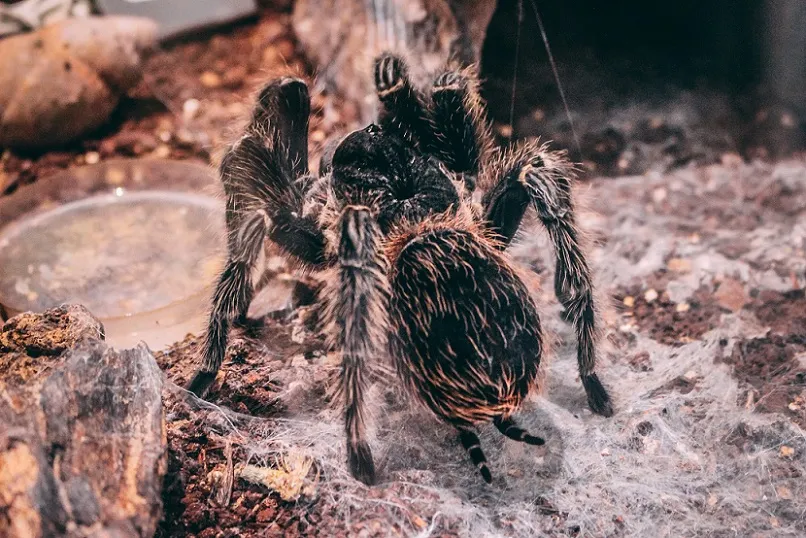
Proper nutrition is vital for the growth and development of your Suntiger tarantula. These arachnids are voracious eaters, and providing a balanced diet ensures they thrive in captivity. Understanding their dietary needs and feeding habits is crucial for their well-being. The food offered should be appropriate for the size of the tarantula and should be supplemented with water. The overall approach to feeding your Suntiger tarantula greatly influences its health. Feeding your tarantula correctly is not only critical for its survival but also helps to promote its overall health and vitality.
Dietary Needs
Suntiger tarantulas are insectivores, meaning their diet consists primarily of insects. Crickets, roaches (dubia roaches are a great choice), and mealworms are commonly used. The insects should be gut-loaded with nutritious food before being offered to the tarantula. Gut-loading ensures that the insects are packed with vitamins and minerals, which are then passed on to your tarantula. Variety in the diet is also important, so rotate different types of insects. Avoid feeding insects that have been exposed to pesticides or chemicals. The size of the prey should be appropriate for the size of the tarantula, and the prey should be no larger than the tarantula’s body. Providing a diverse and nutritious diet supports the tarantula’s overall health and growth.
Feeding Frequency and Techniques
The frequency of feeding depends on the age of the tarantula. Spiderlings and juveniles should be fed more frequently, typically every other day or every few days. Adults can be fed once or twice a week. Offer the insect prey directly to the tarantula using tongs to avoid any risk of the insect escaping or harming the tarantula. Remove any uneaten prey within 24 hours to prevent stress for your tarantula. Regularly observe your tarantula to monitor its appetite and adjust the feeding schedule accordingly. Make sure that the water dish is always clean and filled with fresh water. Proper feeding practices ensure that your Suntiger tarantula receives the necessary nutrition for optimal health.
Watering and Hydration
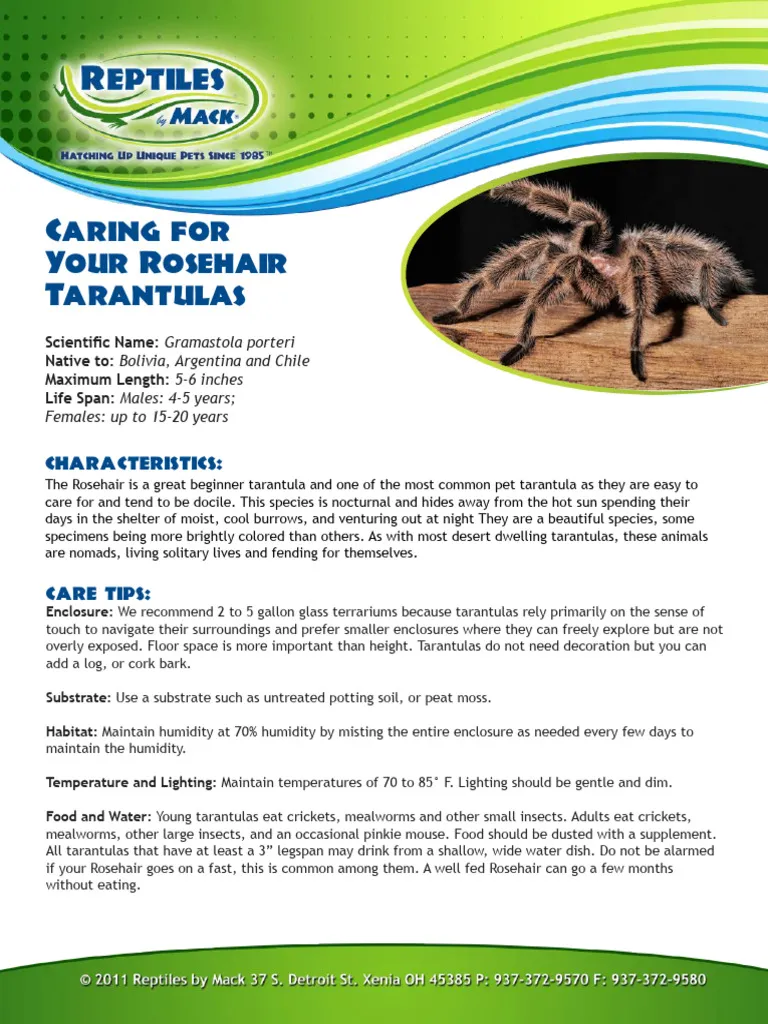
Suntiger tarantulas require a constant supply of fresh water for hydration. Provide a shallow water dish, filled with clean, dechlorinated water. Change the water regularly to prevent bacterial growth. In addition to a water dish, you can mist the enclosure lightly with water, especially during the molting period, to maintain humidity levels. The tarantula will drink water droplets from the sides of the enclosure. Ensure the water dish is easily accessible but does not pose a drowning hazard. This approach will ensure the tarantula stays hydrated. Keeping the water dish clean and providing proper hydration is key to your tarantula’s health.
Suntiger Tarantula Health and Handling
Keeping your Suntiger tarantula healthy involves understanding their common health issues, practicing safe handling techniques, and knowing about the molting process. Regular observation of your tarantula is a must to catch any potential health issues early. The proper care and awareness of your tarantula’s health are essential for a long and fulfilling life. By being vigilant and informed, you can ensure that your Suntiger tarantula thrives in its habitat and remains a fascinating and enjoyable pet.
Recognizing Common Health Issues
Several health issues can affect Suntiger tarantulas. Parasites, such as mites, can be a problem. These tiny creatures can often be spotted on the tarantula’s body or in the enclosure. If you suspect mites, consult with a veterinarian specializing in exotic pets. Other potential problems include fungal infections, which can be caused by overly humid conditions or poor ventilation. Look for signs of lethargy, loss of appetite, or unusual behaviors. Always be vigilant about your tarantula’s activities. Address any unusual signs and symptoms. Prompt action is crucial for successful treatment. Always consult with a veterinarian specializing in exotic pets if you are concerned about the health of your tarantula.
Safe Handling Practices
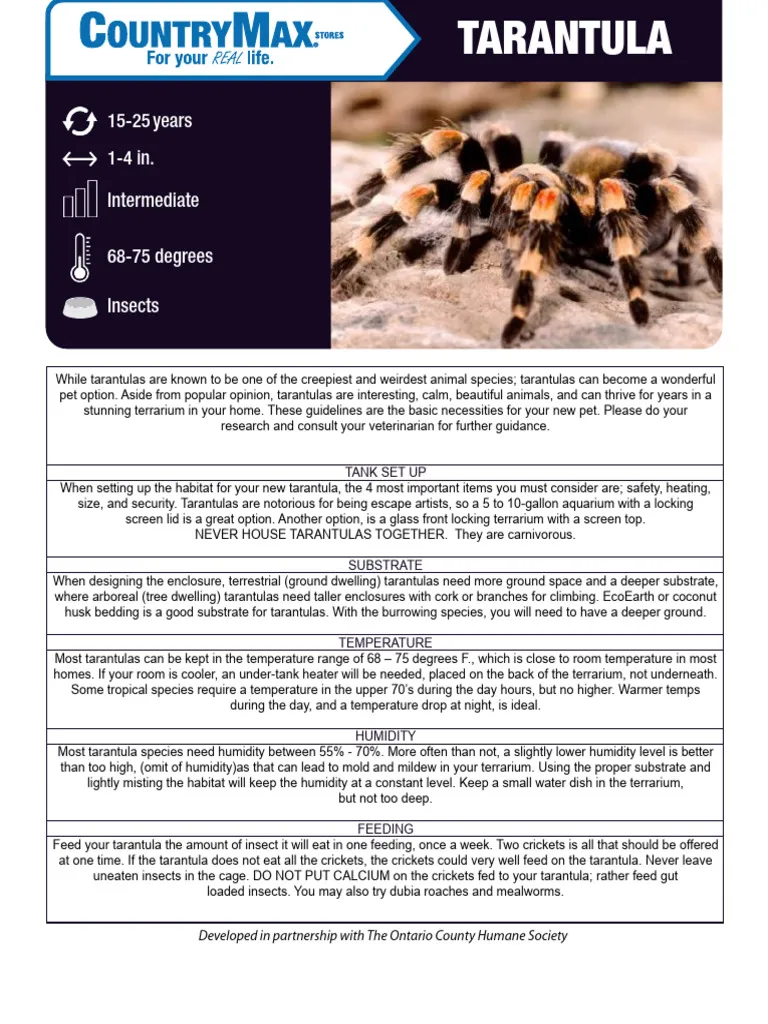
Handling a Suntiger tarantula should be done with caution. Although they are generally not aggressive, they possess urticating hairs that can cause skin irritation. When handling, do so over a soft surface to prevent injury if the tarantula falls. Avoid sudden movements, which can startle the tarantula. Always wash your hands before and after handling your tarantula. If you must handle your tarantula, gently coax it onto your hand, letting it walk. It is best to handle them only when necessary, such as when moving them for enclosure cleaning or vet visits. Prioritize the safety of both yourself and your tarantula. Handling should be done thoughtfully and with utmost care to avoid any stress or harm.
Molting Process
Molting is a natural process where tarantulas shed their exoskeletons to grow. During this time, your tarantula will typically stop eating, become lethargic, and may flip onto its back. Do not disturb the tarantula during the molting process. Provide ample humidity to help the molting process. After molting, the tarantula’s new exoskeleton will be soft and vulnerable, so avoid handling it for a few days. After molting, the tarantula will have a significantly larger body size. It is crucial to maintain the proper temperature and humidity levels during the molting period. Once the exoskeleton hardens, the tarantula will resume its normal activities. Patience and observation during this time are very important.
Suntiger Tarantula: A Summary
Caring for a Suntiger tarantula can be a rewarding experience. By providing the right environment, proper nutrition, and careful handling, you can ensure your tarantula thrives. Remember the key aspects: an appropriate enclosure, the right substrate, consistent temperature and humidity, a varied diet, and a constant water supply. Regularly observe your tarantula for any signs of health issues. Always be prepared to consult with a veterinarian specializing in exotic pets. With proper care, your Suntiger tarantula will be a fascinating and long-lived companion. Enjoy the journey of observing and caring for these amazing creatures. The more informed you are, the more enriching the experience will be.
